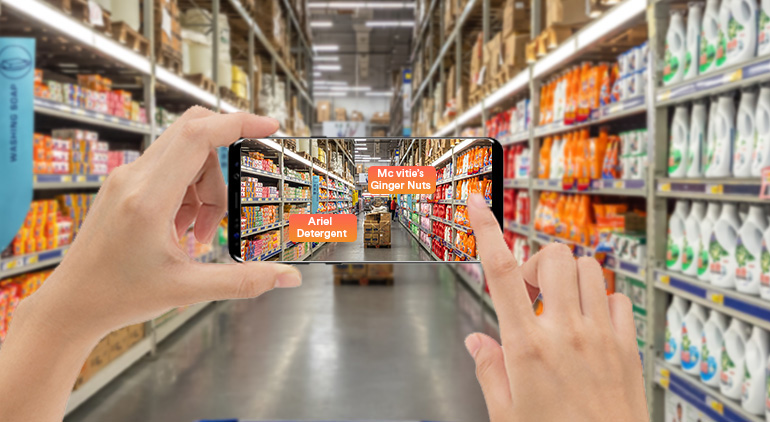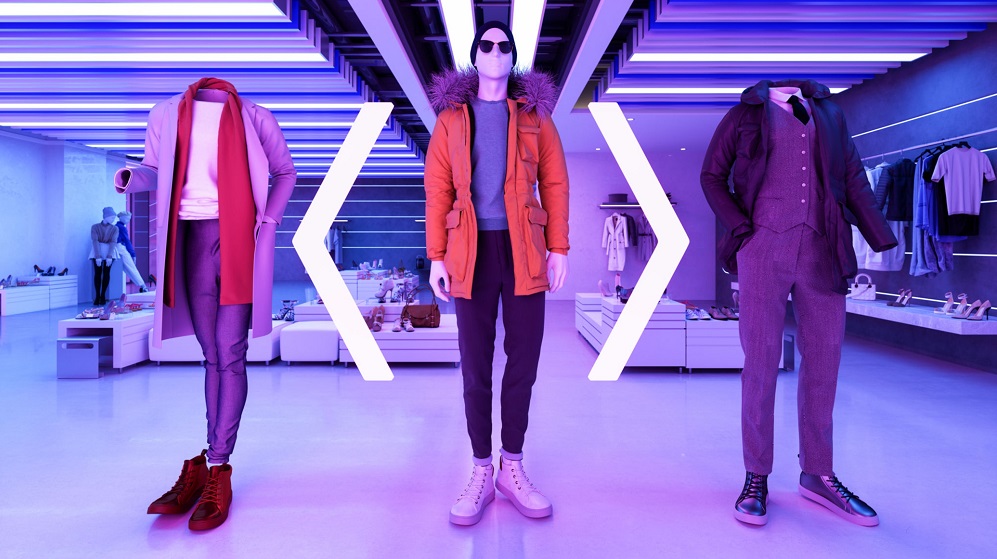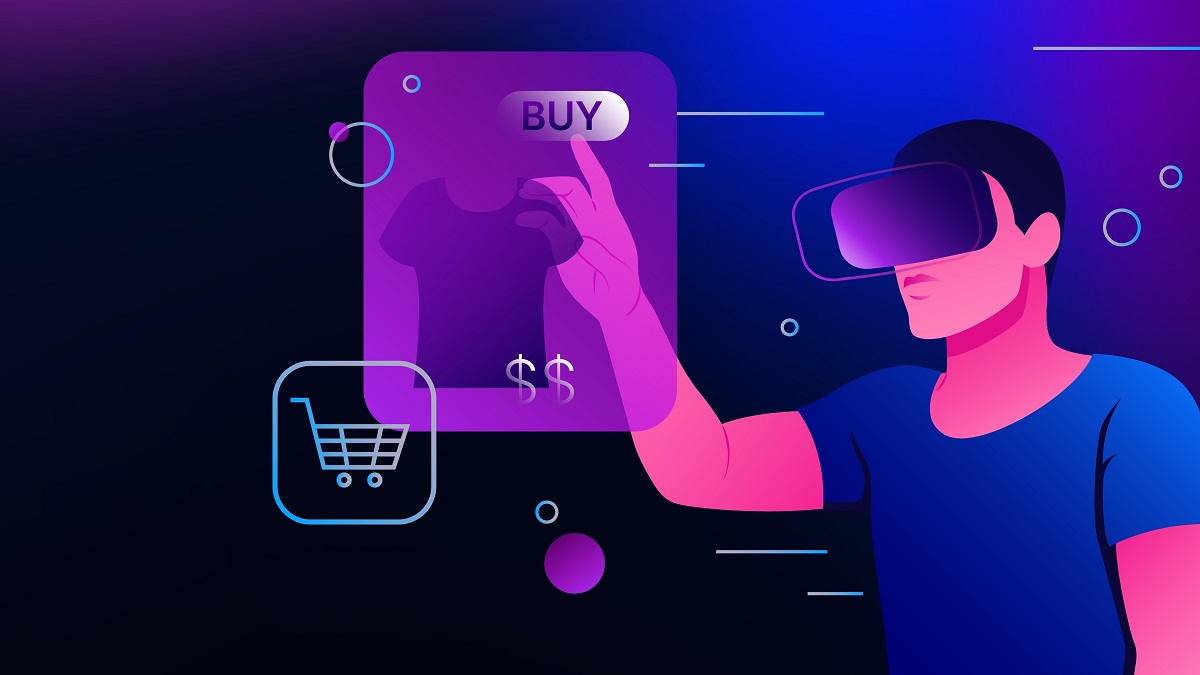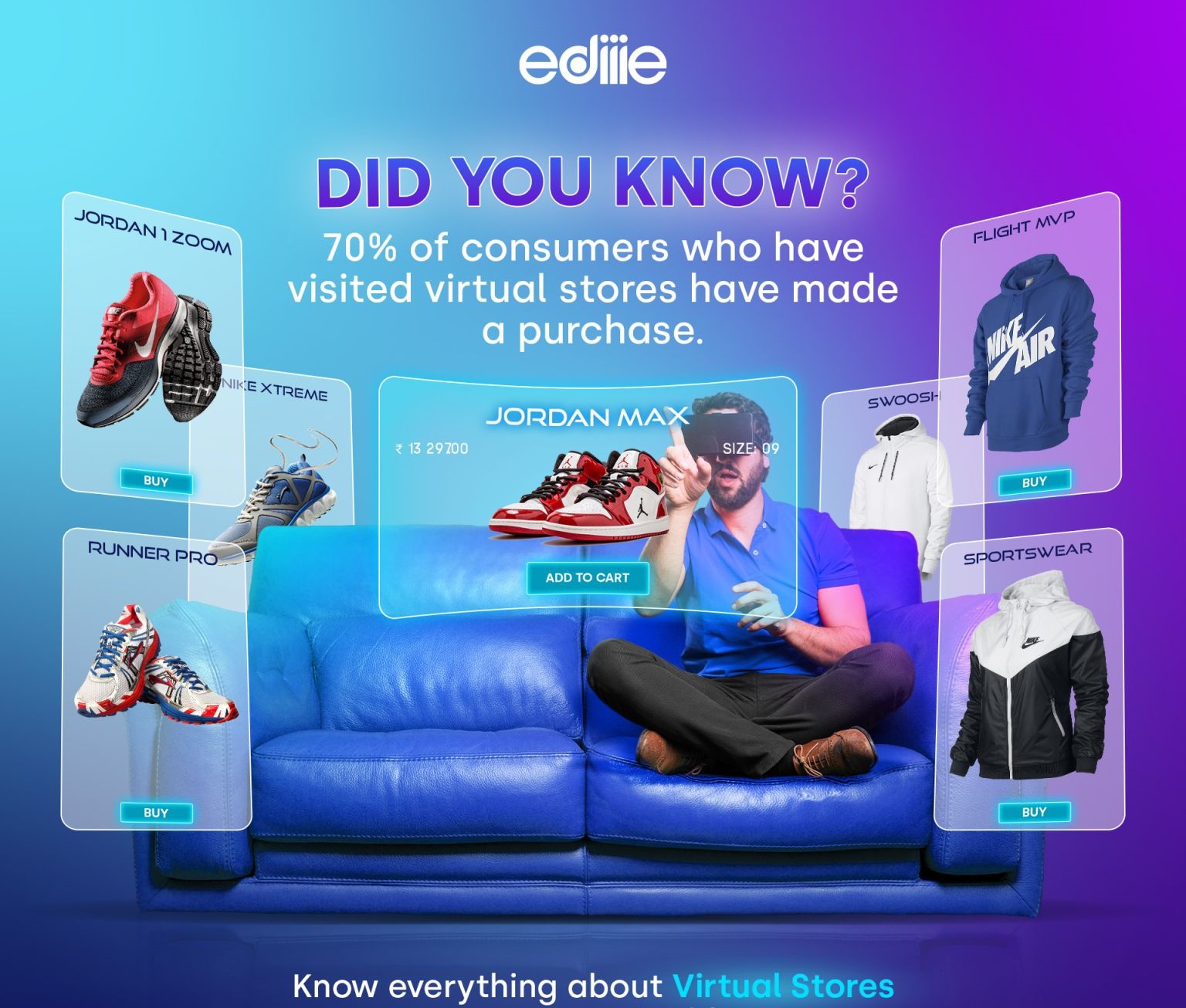Virtual Mall: The Rise of Virtual Shopping Stores in Metaverse
The Metaverse is a convergence of technologies unlike any we’ve seen before. It’s got the best of what the internet’s got on offer, a whole lot of digital techs, and of course, the capabilities of new emerging technologies on the block.
Now while the Metaverse promises a space where individuals can coexist and participate in real-world activities, it’s essential to understand the actual advantages that it has set in motion.
The Metaverse is not just a place for entertainment and escapism. Yes, you may very well attend live concerts, play games, and have all sorts of fun in this space. But you may also get to visit schools, join offices, or shop in virtual malls, for that matter.
It holds a serious number of implications for industries across various fields, especially how virtual reality in the retail industry ties into the benefits that Web 3.0 has to offer.
Virtual Shopping Mall in the Metaverse: Pros and Cons
The market size for the Metaverse is expected to grow to $280 billion by 2030. However, deploying a retail experience in the Metaverse isn’t as straightforward a task as one would seem. Importing the brick-and-mortar experience of your stores and the aesthetics of your brand and business is a significant affair.
A Metaverse development company can help you along through the crucial steps, but marketing products in a virtual mall requires moving away from the traditional approach.
The Pros of Virtual Shopping Mall
Here are some pros of virtual shopping in the Metaverse Mall:
☑️ Shopping Experience:
Owing to the virtual settings available in the Metaverse, your customers will be treated to an immersive shopping experience they’ll remember.
It’s a space, after all, where they will be able to view and explore products while in a 3D environment themselves and be able to try the products as digital avatars of their own.
It can even open up new avenues for remote experiences, helping in areas such as shopping for people with disabilities.
 ☑️ Personalization:
☑️ Personalization:
Another ace up the Metaverse’s sleeves is how the platform’s features will allow for a level of unprecedented personalization for virtual malls.In effect, you will be able to choose the shopping experience your customers have in your stores, where they will be suggested products based on their preferences and behaviors.
☑️ Latest Technologies:
Depending on the step or level of Metaverse deployment, your virtual shopping experience will be enabled by the latest technologies: Such as VR and AR, blockchain, AI-powered systems, and applications, etc.
This will further bolster how you customize your virtual showroom and the capabilities it will offer to old and new customers.
☑️ Revenue and Costs:
Shifting from a brick-and-mortar store to a virtual mall and the settings will definitely reduce costs generally associated with physical real estate: Similar to how AR impacts retail sales.
However, it will also open up your mall to revenue from instances such as the ability to host third-party stores, remote shoppers, and infinite inventory space, among others.
The Cons of Virtual Shopping Malls:
Here are some cons of virtual shopping in the Metaverse Mall:
• Tech Disparities:
As with many advanced digital techs, adopting a new experience like virtual malls in a Metaverse might hamper the shopping experience for customers not accustomed to it.
Since not everyone will have access to the technology required to support the Metaverse experience on their end, you will have to spend more time on optimized versions or exclude certain demographics.
• Trust in Products:
Though the virtual mall model set in the Metaverse offers immersive experiences, it will still be plagued by issues that will lower the trust one may have in the products.
Because they aren’t tangible, the customers will not be able to examine the products they wish to purchase like they usually do. This lack of sensory evaluation by feeling and seeing something in your hand might affect buying decisions.
• Security and Privacy:
 Concerns about one’s personal security and about privacy online have always been a part of the conversation for online experiences. You will have to ensure that your virtual mall’s developed by a Metaverse for enterprise company that’s experienced in these matters.
Concerns about one’s personal security and about privacy online have always been a part of the conversation for online experiences. You will have to ensure that your virtual mall’s developed by a Metaverse for enterprise company that’s experienced in these matters.
So that they can correctly address issues that may lead to privacy, cybersecurity, or transactional matters.
• Learning Curve:
Expanding on the natural divide in digital tech, there’ll also be a learning curve that will dictate the access for customers to your Metaverse mall. They would need to learn the methods and the optimal ways to navigate through your virtual stores and settings.
This could hamper the shopping experiences for others, especially older generations, till you’re able to flatten the learning curve effectively.
In essence, these are some of the glaring pros and cons that you would be poised to face as you set up a virtual mall in the Metaverse. There are obviously a ton of exciting possibilities for you and your customers to experience and room for new innovations that you’d discover.
However, it is also essential that the cons such as the ones mentioned above must be considered. And hopefully addressed as you opt for your virtual mall development so that the experience is fair, secure and inclusive for everyone.
Shopping Beyond Reality: Top Features and Examples of Virtual Store
Virtual malls in the Metaverse combine technology, artistic design, economic concepts, and social interactions. This confluence produces some fascinating and immersive purchasing experiences that transcend the boundaries of traditional physical stores and online markets.
Users may explore aesthetically appealing locations, interact with items utilizing innovative capabilities, and communicate with others in these virtual malls. While being inside a digital realm that enriches their shopping experience. Let’s take a look at some top features and examples:
☑️The Technological Infrastructure
Virtual malls and stores created through virtual reality development will have a robust technological foundation. This means that it will have access to high-speed computing and servers, along with the latest in design and graphics for immersive experiences.
Which will ultimately make sure that users in the virtual mall can interact and participate in activities seamlessly without any slowdowns.
Nike, for example, launched an interactive world called NIKELAND on the Roblox platform. It leveraged the tech prowess and benefits offered by that platform to host a space where its visitors can play games using their avatars.
Their retail experience also allowed customers to personalize their avatars using Nike apparel and gear.
☑️The Visual Aesthetics
A store or a retail brand’s designers, working in cahoots with the Metaverse developers will be able to ensure that the virtual environments they create match their brand’s theme and aesthetics. It could either create identical replicas, like digital twins for their virtual shopping store or make new artistic forms.
As a luxury brand in the fashion industry, Gucci took advantage of this feature when it created the ‘Gucci Garden Experience’ for its brand. They partnered with the Roblox platform in an effort to host a space that’s primed for showcasing their history and collections.
Bolstering their retail experience, they also sold their customers tokenized versions of their products as ‘NFTs’.
☑️Official Storefronts
One feature that can’t be overstated is brands in the Metaverse will have the opportunity to host official storefronts and retail stores in these virtual malls. It’ll not be important to actually create the entire mall as there will be ample opportunities to lease plots and stores to set your brand up, along with personalizations as required.
Samsung, to that end, hosted a Metaverse store in the virtual spaces of Decentraland where it functions as an official store for the brand on that platform.
It uses this virtual store to showcase some of its latest products and further, allows people to interact and actually purchase them when they’re on sale to their users.
☑️Virtual Events
A crowning feature of the Metaverse, and one which will also extend to the virtual malls on these platforms is how brands can host virtual events on top of their retail experiences for potential customers.
These could range from live streams to concerts, product launches, etc. and are a vital part of how a brand can keep their audiences engaged in the Metaverse.
Wendy’s, the popular food chain, collaborated with Fortnite and Epic’s version of the Metaverse to raise awareness about their brand’s commitments. They voiced their concerns to their fans and customers about the importance of fresh ingredients instead of frozen products in the food industry.
And live-streamed their virtual event in the Fortnite metaverse along with their gameplay live to over 250,000 Twitch viewers.
The Metaverse Shopping Frontier: Transform Your Brand’s Identity
 At present, it’s reported that over 2 billion people shop online for the products they require back home. 2.64 billion, to be exact. That’s about 33% of the total global population and nearly half of the population that generally stays online.
At present, it’s reported that over 2 billion people shop online for the products they require back home. 2.64 billion, to be exact. That’s about 33% of the total global population and nearly half of the population that generally stays online.
With the retail landscape being limited primarily to the traditional routes of retail and commerce, the Metaverse has the potential to emerge as a truly transformative force.
Today, as you explore the possibilities of Metaverse shopping and virtual stores, it’s important to note that turning them into reality requires expertise and vision.
And if you’re ready to embrace the Metaverse, then our team at EDIIIE can help you with all the solutions and features that you would need to accomplish it. Contact us today for a private demo or a consult. For your brand’s journey into the Metaverse starts here.







